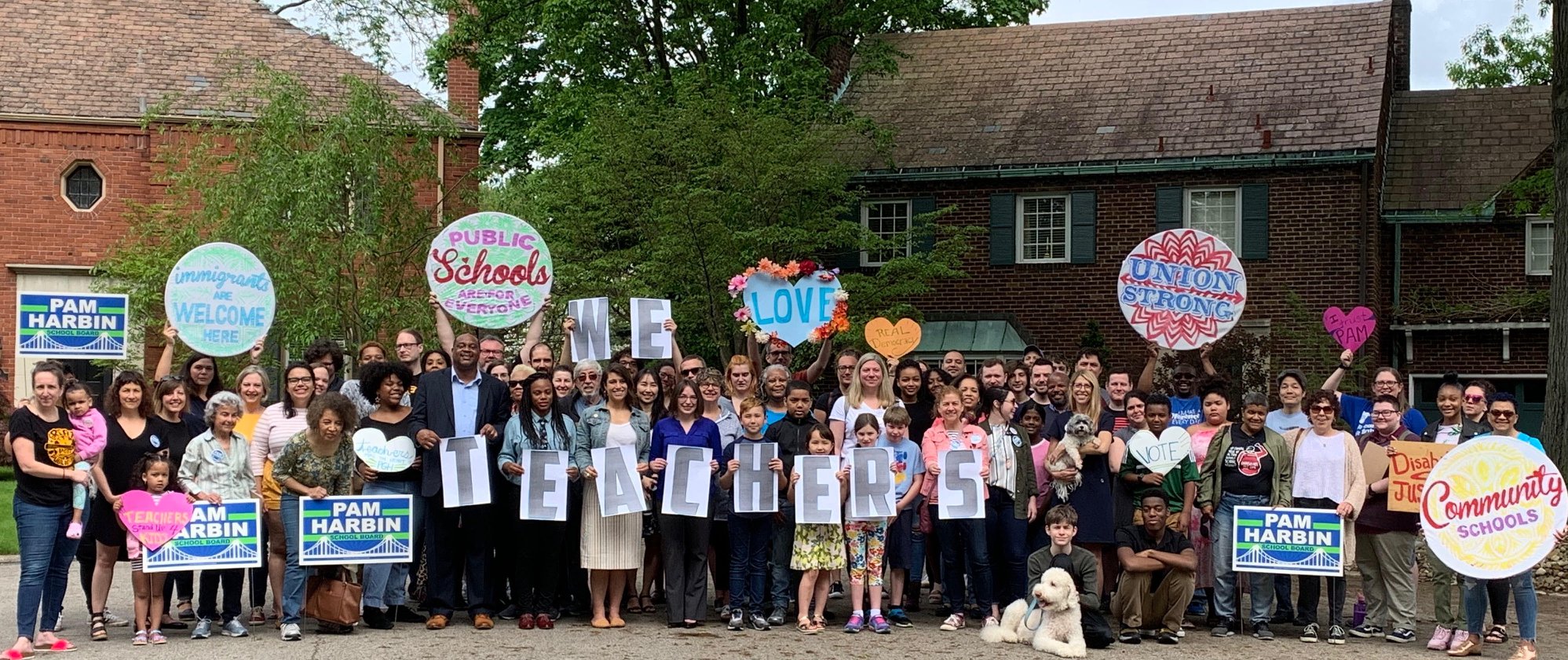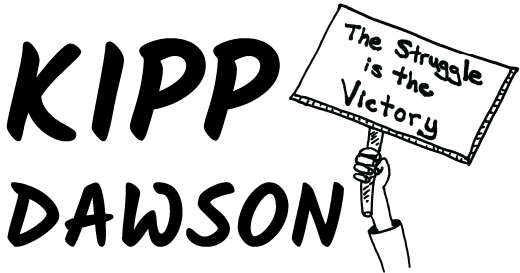
Image: Courtesy of Jessie Ramey.
why are we using the phrase "radical collaboration"?
Building on the crucial work of civil rights historians who have offered alternative understandings of Black women’s leadership, we move away from a traditional, patriarchal leadership model, with a solo leader at the top of a hierarchical organization. 1 We also consider how that reframing applies across movements, inspired by scholars of the “long civil rights movement” who have placed that freedom struggle in conversation with others beyond the 1960s, and a formulation of a “movement of movements.” 2 We approach Dawson’s lifetime of work through a framework that we are calling “radical collaboration.” Women have often performed the invisible labor of this intentional, transformational, and diffuse form of leadership. Radical collaboration prioritizes relationship-building, fosters community care networks, and redefines movement goals. Through radical collaboration, Dawson and her colleagues challenged what bell hooks called “imperialist white supremacist capitalist patriarchy” across multiple movements and decades. 3
Significantly, by putting Dawson’s efforts in a collective context, radical collaboration has helped our team to set aside the question of leadership, instead emphasizing movement networks, and to more fully appreciate the scope, interconnectedness, chronology, and efficacy of social movements.
citations
[1] This rich body of scholarship includes Charles Payne, Barbara Ransby, Katherine Mellen Charron, Ashely Ford, Keisha Blain, Lisa Levenstein, and Jeanne Theoharis among others.
[2] Jacquelyn Dowd Hall, “The Long Civil Rights Movement and the Political Uses of the Past” (The Journal of American History, Vol 91, No. 4; March 2005), pp. 1233-1263; Van Gosse, “A Movement of Movements: The Definition and Periodization of the New Left,” in A Companion to Post-1945 America, Jean-Christophe Agnew and Roy Rosenzweig, editors (Blackwell Publishing, 2006).
[3] bell hooks, Writing Beyond Race: Living Theory and Practice (Routledge, 2012).
